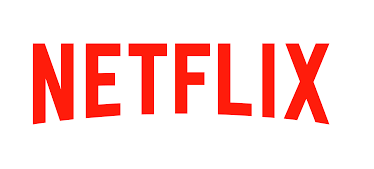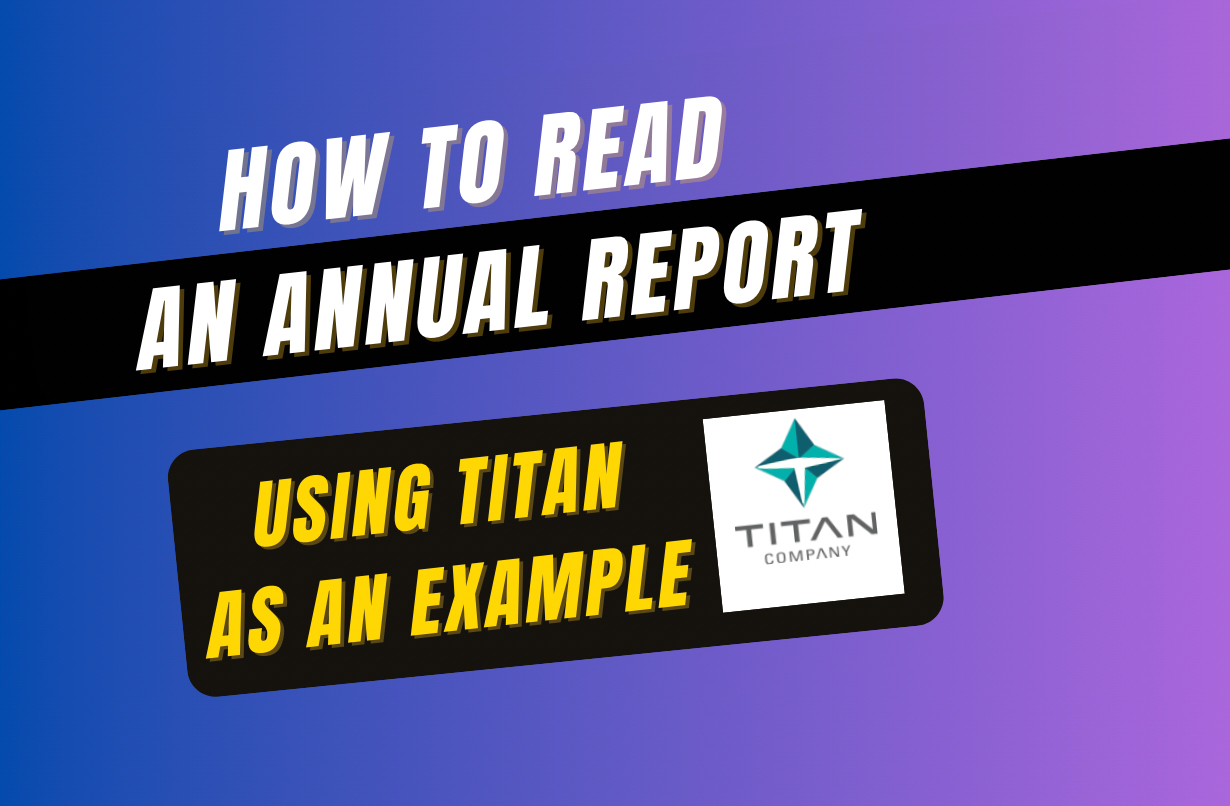In continuation with the previous article, where discussed the business model of Netflix, here we discuss Netflix Valuation. The discussion revolved around the different business segments, geography concentration, India’s role in the growth and the margin profile in that particular article.
This blog post will discuss the broad valuation parameters and what it will take to reach a Trillion Dollar valuation.
For the analysis purpose, an excel file created, and you can download the same from here.
Step 1: Understand the financials.
Financials include historical data provided by the Company and picked up from 10-K reports.
Contribution Margin:
- This metric shows the operating level profitability – deduct Cost of Revenue and Marketing Cost from Revenues. For Netflix, it is healthy and increasing – currently at 30%.
ARPU: (Average Revenue per User)
- Understand this, Netflix is a kind of company that thrives on Net Subscribers addition. The company focuses on two things 1.) Add new content, and 2.) Add new subscribers
Why add new content? This is to engage the existing users, and this will help Netflix to generate consistent cash flows. Existing subscribers will not continue if new content is not added. Hence the company needs to add new content at a frequent interval.
Growth comes from New Subscribers: Only if the company adds new subscribers will they have more money to generate more content faster. That will give an edge to the company compared to the competition.
As we can see, ARPU is increasing – primarily because the pricing has been increased. Netflix can do that because the content is added faster, so there is new for everyone at all points of time. That way, subscribers are hooked on the platform.
CAC: (Customer Acquisition Cost)
- This particular metric shows the amount required to add new (Marketing Cost/New Subscribers Added). The lower the value, the better it is
Finally, CAC/ARPU will define how much time (in months) is required to cover the cost of acquisition per user through subscription charges. The lower the number, the better it is.
Registration Open - Analyst Program Click here
Step 2: Netflix Valuation
For Valuation, we need LTV (Life Time Value of the Customer), Churn Rate and Addressable Market.
When we divide Market Cap by Total Subscribers, we get LTV. This value shows what is the current value market is giving per subscriber.
And when we divide LTV by Contribution Value per User, we get Churn Rate. However, as per the standards, the Churn Rate is generally in the range of 5% to 10% and can go to 25%-30% for certain OTT platforms (because the content is not added at a faster pace)
So if we assume that Churn Rate to be 5% (on the lower end), then the LTV value should be USD 736 (as per the current contribution margin).
And Netflix invested roughly USD 15 Bn to generate new content in FY 2020. So the company adds 20 Mn new subscribers (New Content Spending/LTV), then the company will recover its cost and survive. If the company adds more than 20 Mn subs, it will generate more profit and put more money into content creation, fetching them more subs the next year, and the cycle continues.
New Subscribers added by Netflix
- 2017 – 20 Mn+
- 2018 – 27 Mn+
- 2019 – 25 Mn+
- 2020 – 36 Mn+
So to summarize, the market expects the churn rate of Netflix to be lesser than 5% on the premise that they add new content at a faster pace and the subscribers like the content, and hence they are not leaving the platform.
The entire subscription business valuation depends on the churn rate: the higher the churn – the lesser the valuation.
Step 3: Addressable Market
As per the assumptions, the company can have, at best, 1.2 Bn people on the platform. How?
World’s population (7 Bn+) * Active internet connection (60%) — 4.5 Bn+
People with active internet connection (4.5 Bn) * Will opt for OTT (70%) — 3 Bn+
3 Bn+ * Netflix Share (40%) — 1.2 Bn+ people
That is basically 6x what they have right now on the platform, and with 5% churn, the total valuation comes to roughly USD 920 Bn.
Note: This blog is for educational purpose only. Do not treat this as a buy or sell recommendation.
***** Download the Working file for Netflix Valuation here – Download *****








